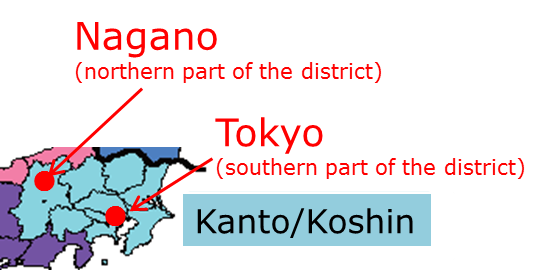
Figure 1 Location of Tokyo metropolitan area and Nagano City
Figure 2 Seasonal variation of meteorological elements in Tokyo metropolitan area
Figure 3 Seasonal variation of meteorological elements in Nagano City Winter (December-January-February)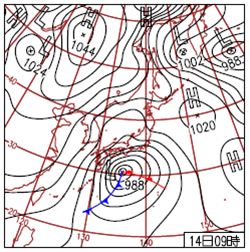
Figure 4 Weather chart for 00UTC on 14 January 2013 In winter (December-January-February), the Siberian High develops over the Eurasian Continent and the Aleutian Low develops over the northern North Pacific. Prevailing northwesterly winds cause the advection of cold air from Siberia to Kanto/Koshin, bringing heavy snowfall to its northern parts (inland areas) and sunny weather to its southern parts (downstream of mountainous areas). Cyclones passing offshore of Japan's southern coast sometimes bring snowfall to southern parts of Kanto/Koshin. Spring (March-April-May)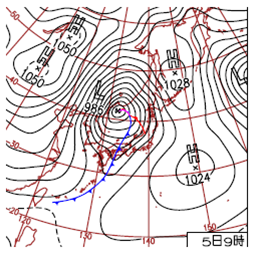
Figure 5 Weather chart for 00UTC on 5 March 2007 In spring (March-April-May), migratory cyclones and anticyclones that alternately move eastward prevail across Japan. Temperature increases (decreases) in front (back) of cyclonic systems due to warm southerly (cold northerly) flow. Temperature in Kanto/Koshin rises gradually with large short-term variations. The sunshine duration is long in the second half of spring due to the predominance of anticyclonic systems. Summer (June-July-August)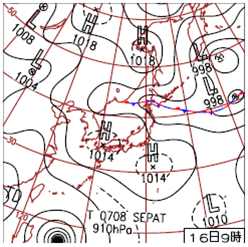
Figure 6 Weather chart for 00UTC on 16 August 2007 The period from early June to the middle of July is the rainy season (known as the Baiu). Its precipitation is caused by a stationary front, called the Baiu front, which forms where a warm maritime tropical air mass meets a cool polar maritime air mass. In the second half of summer, the North Pacific High extends northwestward around Japan, bringing hot, humid, and sunny conditions to Kanto/Koshin. The Okhotsk High sometimes appears over the Sea of Okhotsk. This causes cool moist easterly winds (called Yamase), which bring cloudy and rainy conditions to Kanto/Koshin. Autumn (September-October-November)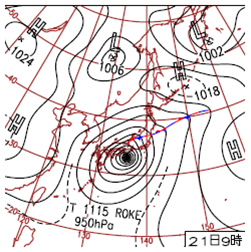
Figure 7 Weather chart for 00UTC on 21 September 2011 In autumn (September-October-November), temperatures in Kanto/Koshin fall gradually. Monthly precipitation amounts over Kanto/Koshin are the largest in September due to the active autumnal rain front and tropical cyclones. In October, the frequent passage of anticyclonic systems brings sunny conditions and refreshing air to Kanto/Koshin. The frequency of cold northwesterly flows across Japan and snowfall in the northern part of Kanto/Koshin show an increasing tendency in November. |